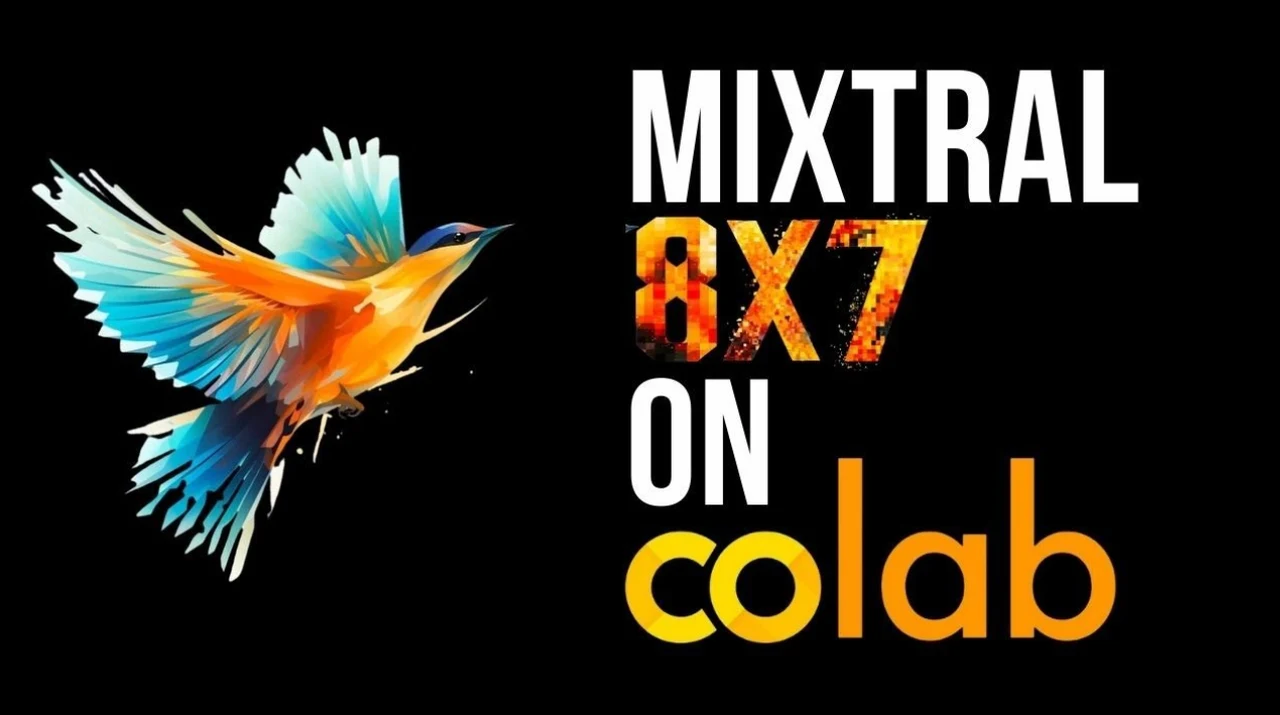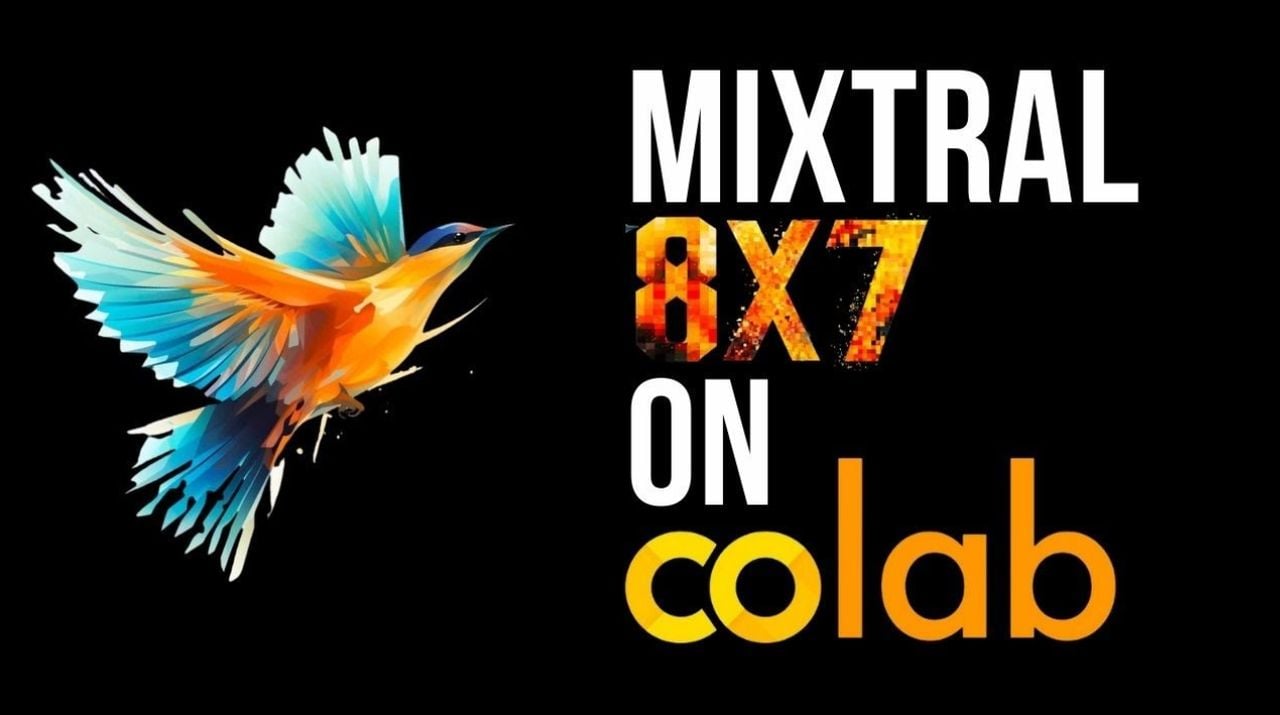
if you are interested in running your very own AI models locally on your home network or hardware you might be interested that it is possible to run Mixtral 8x7B on Google Colab. Mixtral 8x7B is a high-quality sparse mixture of experts model (SMoE) with open weights. Licensed under Apache 2.0, Mixtral outperforms Llama 2 70B on most benchmarks with 6x faster inference
The ability to run complex models on accessible platforms is a significant advantage for researchers and developers. The Mixtral 8x7B Mixture of Experts (MoE) model is one such complex AI tool that has been making waves due to its advanced capabilities. However, the challenge of running the new AI model arises when users attempt to run this model on Google Colab’s free tier, which offers only 16GB of Video Random Access Memory (VRAM), while Mixtral 8x7B typically requires a hefty 45GB to run smoothly. This difference in available memory has led to the development of innovative techniques that enable the model to function effectively, even with limited resources.
A recent paper has introduced a method that allows for fast inference by offloading parts of the model to the system’s RAM. This approach is a lifeline for those who do not have access to high-end hardware with extensive VRAM. The Mixtral 8x7B MoE model, designed by MRAI AI, is inherently sparse, meaning it activates only the necessary layers when required. This design significantly reduces the memory footprint, making it possible to run the model on platforms with less VRAM.
The offloading technique is a game-changer when VRAM is maxed out. It transfers parts of the model that cannot be accommodated by the VRAM to the system RAM. This strategy allows users to leverage the power of the Mixtral 8x7B MoE model on standard consumer-grade hardware, bypassing the need for a VRAM upgrade.
Google Colab runing Mixtral 8x7B MoE AI model
Check out the tutorial below kindly created by Prompt Engineering which provides more information on the research paper and how you can run Mixtral 8x7B MoE in Google Colab utilising less memory than normally required.
Here are some other articles you may find of interest on the subject of Mixtral :
Another critical aspect of managing VRAM usage is the quantization of the model. This process involves reducing the precision of the model’s computations, which decreases its size and, consequently, the VRAM it occupies. The performance impact is minimal, making it a smart trade-off. Mixed quantization techniques are employed to ensure that the balance between efficiency and memory usage is just right.
To take advantage of these methods and run the Mixtral 8x7B MoE model successfully, your hardware should have at least 12 GB of VRAM and sufficient system RAM to accommodate the offloaded data. The process begins with setting up your Google Colab environment, which involves cloning the necessary repository and installing the required packages. After this, you’ll need to fine-tune the model parameters, offloading, and quantization settings to suit your hardware’s specifications.
An integral part of the setup is the tokenizer, which processes text for the model. Once your environment is ready, you can feed data into the tokenizer and prompt the model to generate responses. This interaction with the Mixtral 8x7B MoE model allows you to achieve the desired outputs for your projects. However, it’s important to be aware of potential hiccups, such as the time it takes to download the model and the possibility of Google Colab timeouts, which can interrupt your work. To ensure a seamless experience, it’s crucial to plan ahead and adjust your settings to prevent these issues.
Through the strategic application of offloading and quantization, running the Mixtral 8x7B MoE model on Google Colab with limited VRAM is not only possible but also practical. By following the guidance provided, users can harness the power of large AI models on commonly available hardware, opening up new possibilities in the realm of artificial intelligence. This approach democratizes access to cutting-edge AI technology, allowing a broader range of individuals and organizations to explore and innovate in this exciting field.
Image Credit : Prompt Engineering
Filed Under: Guides, Top News
Latest timeswonderful Deals
Disclosure: Some of our articles include affiliate links. If you buy something through one of these links, timeswonderful may earn an affiliate commission. Learn about our Disclosure Policy.

